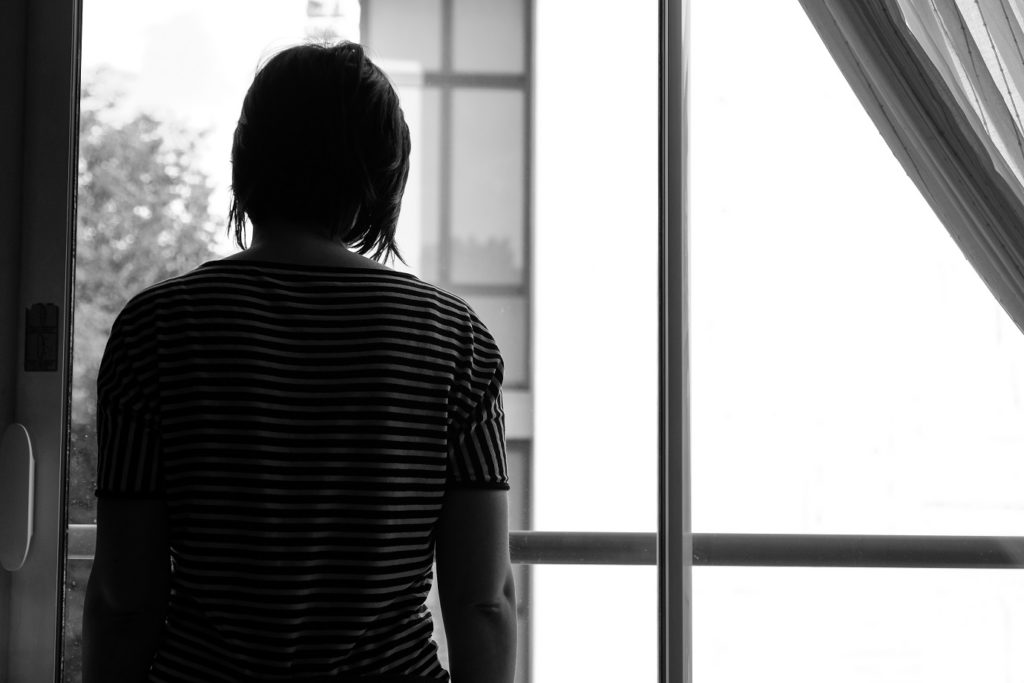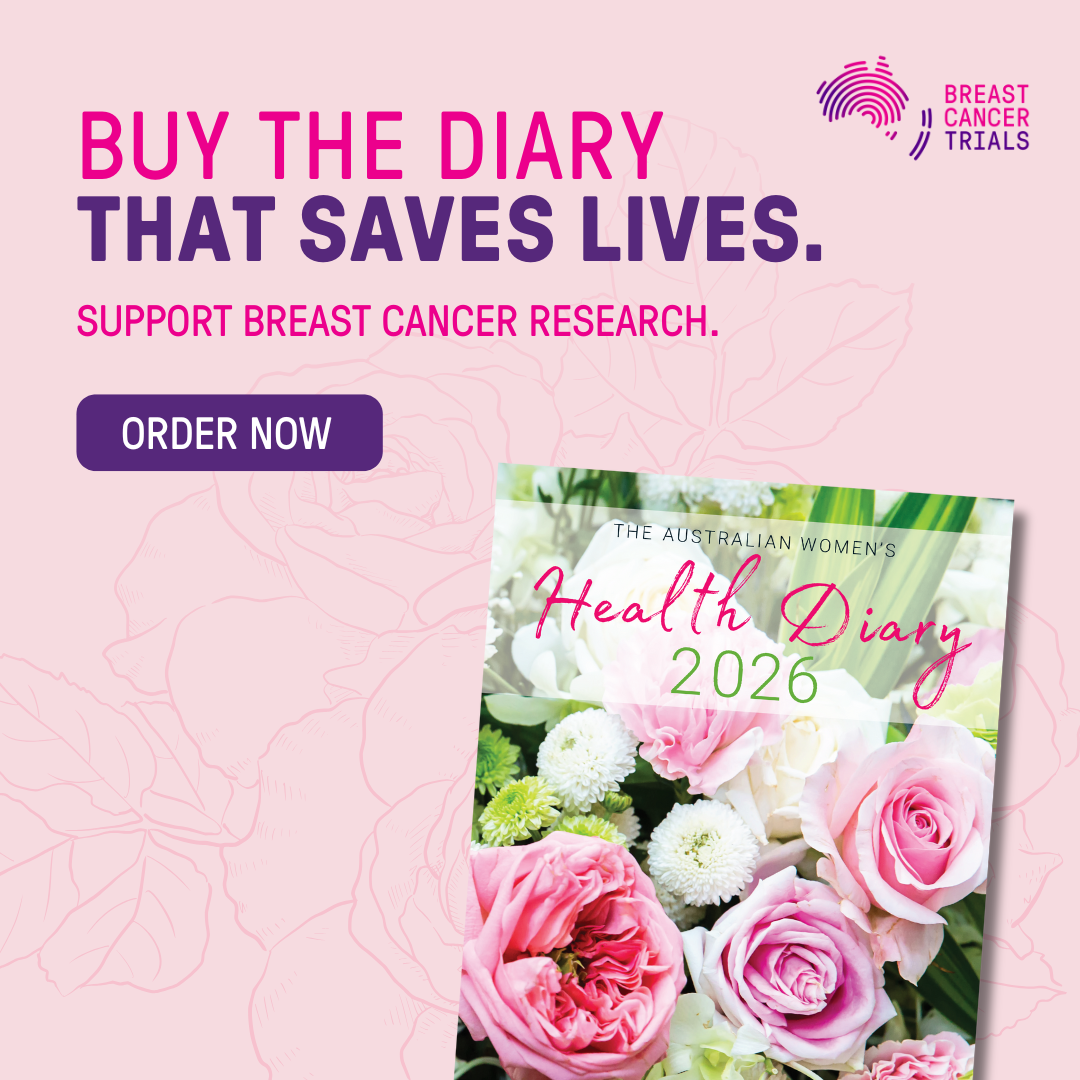Fresh figures released today reveal the extent of sexual harassment, sexual violence and physical violence in Australia, and should be a wake-up call to policymakers, employers, law enforcement officers and anyone with even a hint of ability or responsibility for calling it out and addressing the problem.
The most stark finding is in how much more likely women are than men to experience physical and sexual violence in the home.
One in three people (36 per cent) have experienced physical violence since the age of 15, amounting to around 7 million Australians, according to the Australian Bureau of Statistics data. Four million men and three million women. The figures reveal that both women and men are three times more likely to experience physical violence by a male perpetrator than a female perpetrator.
For men, the perpetrator was more often a stranger (57 per cent), with the vast majority of assaults occurring outside of the home.
But for women, the perpetrator was most often an intimate partner (at 63 per cent), with assaults most likely occurring in a home (70 per cent).
Meanwhile, one in five women have experienced sexual violence since the age of 15.
And once again, the home is a dangerous place for this form of violence. For women, 53 per cent of perpetrators are intimate partners, while 69 per cent of assaults occur in a home.
Will Milne, ABS head of crime and justice statistics, said on the findings: “We found that an estimated two million women have experienced sexual violence by a man they knew, and around 600,000 by a male stranger.”
With these figures, it’s clear that a huge number of assaults go unreported. Just 57 per cent of women sought advice or support following the incident — with most going to a friend or family member.
The impacts of sexual assault on women are lasting, traumatic and also appear to have financial consequences. “In the 12 months after the assault, two-thirds of women experienced anxiety or fear for their personal safety, and one in nine had to take time off work,” Milne said.
Meanwhile, on sexual harassment, the ABS’ Personal Safety Survey (PSS) found 8.7 per cent of Australian adults experienced sexual harassment in the 2021-22 year, at 1.7 million Australians. In this case, women were far more likely to experience sexual harassment than men, accounting for 1.3 million of those experiencing it.
And, just like on the physical and sexual violence stats, women who experienced sexual harassment were more likely to experience it by a known person, at 63 per cent, than a stranger.
More to come.
If you or anyone you know is in need or crisis, call the National Sexual Assault, Domestic and Family Violence Counselling Service on 1800RESPECT (1800 737 732) or Lifeline (13 11 14).



